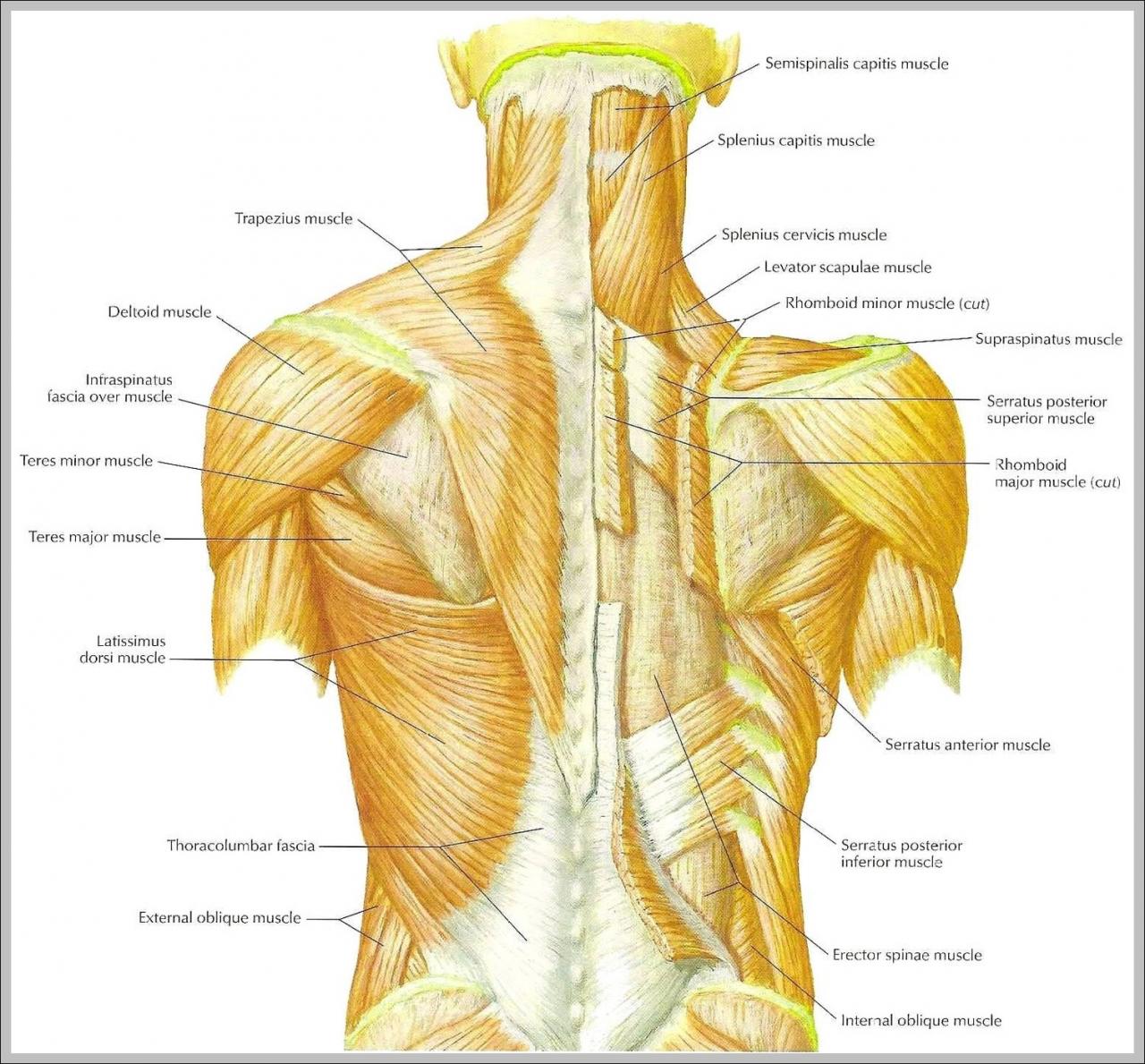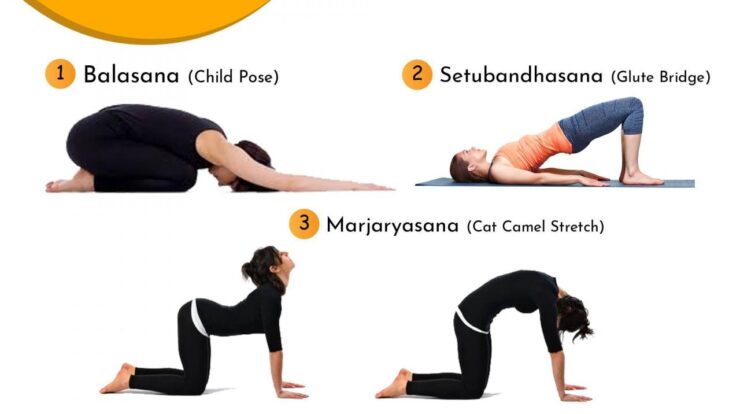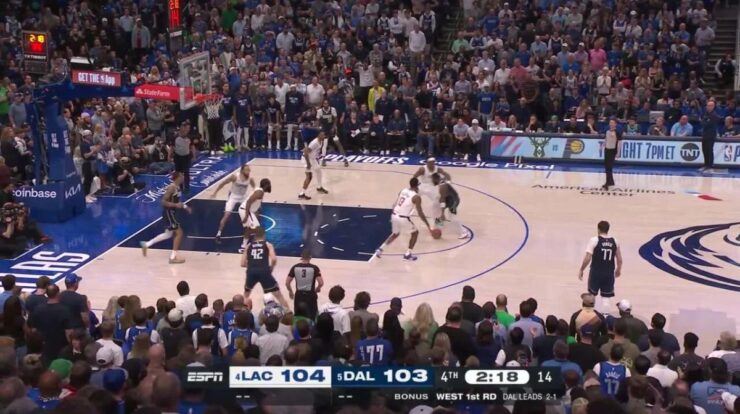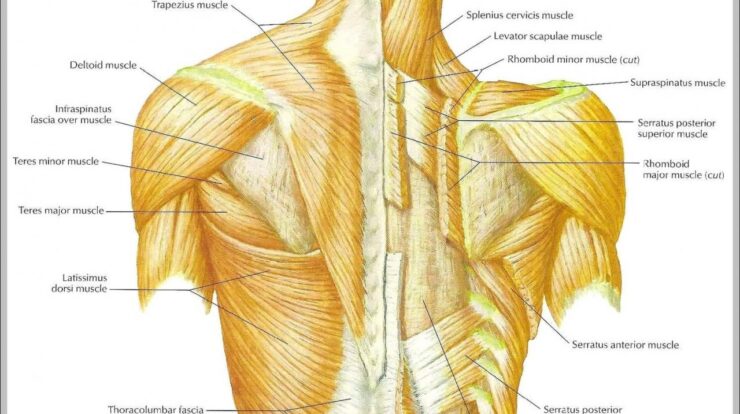
Back muscles, the unsung heroes of our physical prowess, play a pivotal role in our posture, movement, and overall well-being. Delve into this comprehensive guide to discover the anatomy, exercises, training programs, and nutritional strategies that will empower you to build a strong and resilient back.
To all the amazing moms out there, a heartfelt Happy Mother’s Day to you too . Your love and guidance have shaped our lives in countless ways. We are eternally grateful for your presence.
From understanding the intricate network of back muscles to mastering effective exercises and navigating potential injuries, this guide will equip you with the knowledge and tools you need to unlock the full potential of your back.
Looking to tone your lower back? Incorporate these effective exercises for lower back fat into your workout routine. With regular practice, you’ll notice a reduction in stubborn fat and improved muscle definition.
Back Muscle Anatomy
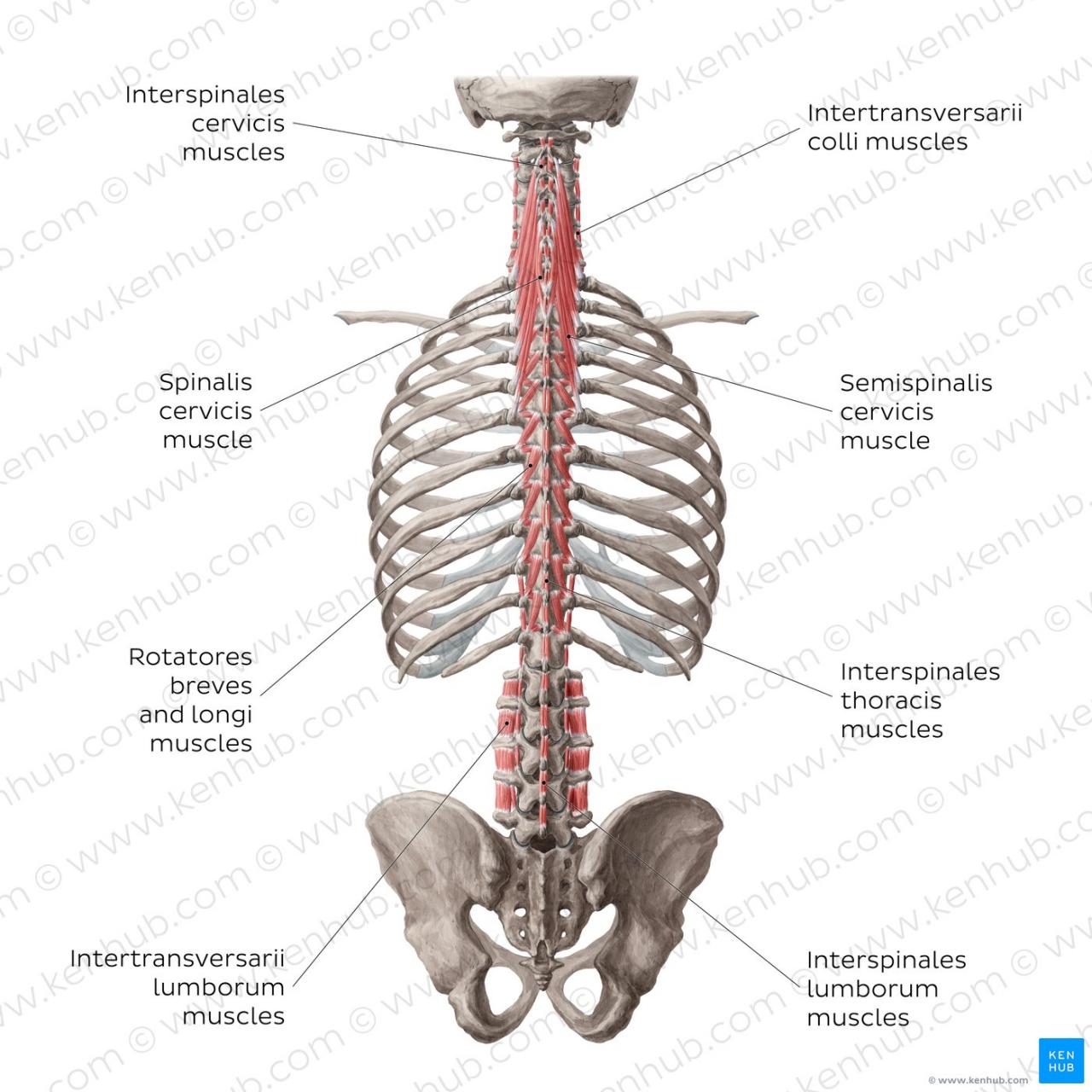
The back muscles, also known as the posterior chain, play a crucial role in posture, stability, and movement. They extend from the neck to the lower back and include several major muscle groups.
Understanding the anatomy of your back muscles is crucial for maintaining good posture and preventing pain. Learn how to strengthen and stretch these muscles to keep your back healthy.
The primary back muscles are:
- Trapezius:Extends from the base of the skull to the middle of the back, supporting the neck and shoulders.
- Latissimus dorsi:The largest back muscle, it originates at the spine and inserts at the humerus, facilitating pulling motions.
- Rhomboids:Located between the shoulder blades, they retract and rotate the shoulder blades.
- Erector spinae:A group of muscles running along the spine, supporting the back and maintaining posture.
- Quadratus lumborum:A deep muscle located in the lower back, it laterally flexes the spine and supports the kidneys.

Back Muscle Exercises: Back Muscles
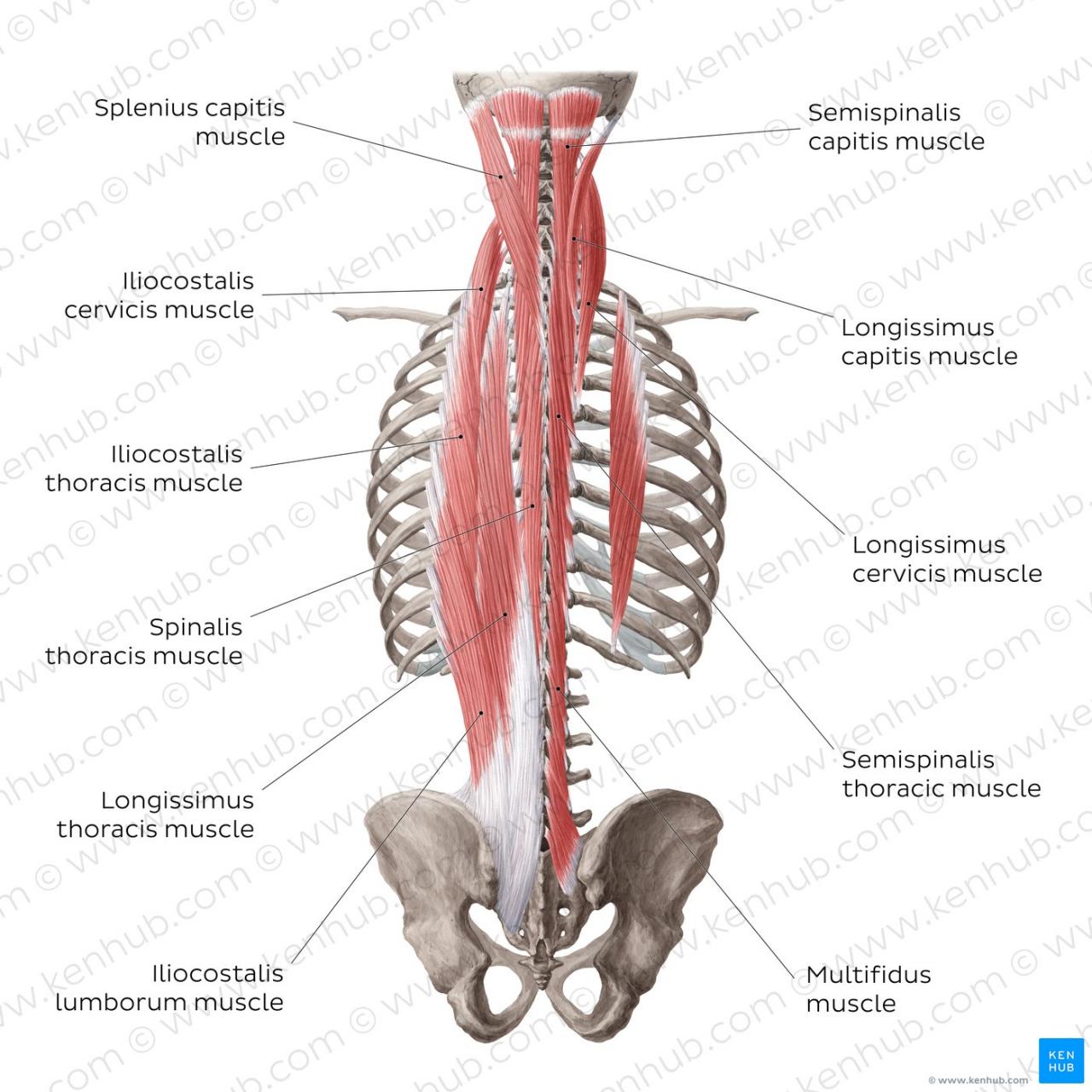
Compound exercises that target multiple back muscle groups simultaneously are essential for effective back training. These exercises include:
| Exercise | Description | Target Muscle Groups |
|---|---|---|
| Barbell Row | Pull a barbell towards the chest while keeping the back straight. | Latissimus dorsi, rhomboids, erector spinae |
| Pull-Up | Hang from a bar and pull the body up using the back muscles. | Latissimus dorsi, trapezius, rhomboids |
| Deadlift | Lift a barbell from the floor by extending the hips and knees. | Erector spinae, hamstrings, glutes |
| Back Extension | Lie on a bench and lift the upper body using the lower back muscles. | Erector spinae |
| Exercise | Description | Target Muscle Groups |
|---|---|---|
| Bird Dog | Start on hands and knees, extend one arm and opposite leg simultaneously. | Erector spinae, glutes |
| Pelvic Tilt | Lie on the back, tilt the pelvis to flatten the lower back. | Erector spinae, abdominal muscles |
| Hamstring Stretch | Stand with one leg extended behind, bend forward to stretch the hamstring. | Hamstrings |

